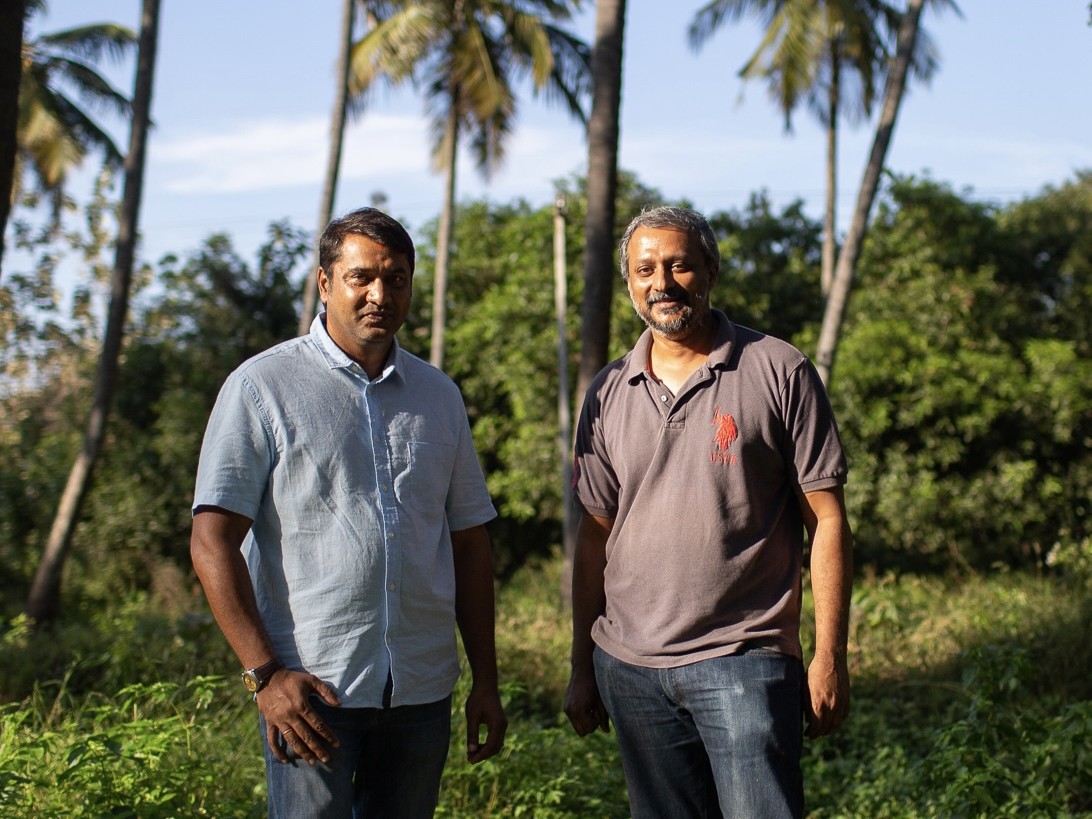
What’s the right way to address the yawning racial wealth gap in the U.S.?
As activists focused philanthropy’s attention on the issue over the past few years, advice has come thick and fast: Fund organizations with Black, Indigenous, and people of color leaders that serve BIPOC communities. Work collaboratively. Shift power and build trust relationships. Check for barriers you’ve thrown up.
Yes! Those are all good and necessary practices. That’s why I write to advocate a framework that integrates them all into one strategy: regenerative finance. This approach is already gaining currency in the impact investing world, and philanthropic funders are positioned to use it in the most catalytic way.
How regenerative finance works
Regenerative finance uses financial and social capital as a tool to solve systemic problems and regenerate communities and natural environments. The framework has four pillars: integrated capital, equitable deployment, trust relationships, and holistic analysis.
Integrated capital is a financing structure that blends various types of capital—grants, loans, loan guarantees, technical assistance, network connections, and more—to give social enterprises, community-led projects, and restorative cultural and environmental initiatives funding that is tailored to maximize their success.
Equitable deployment means rebalancing the economic scales by not only expanding the universe of people funded, but also reforming the funding process to eliminate structural biases and invite stakeholders into decision-making roles.
Building trust relationships is a core element of regenerative finance because the strategy is a collaborative and experimental endeavor that requires trust among partners. The principles of trust-based philanthropy apply here.
Holistic analysis—giving and investments based on a systems perspective that accounts for interlocking causes and effects—undergirds the whole approach.
Integrated capital in action: recycling gift money and creating inclusive networks
Some foundations already are using integrated capital as a PRI strategy, and it can and should be expanded to grantmaking as a way to multiply the impact returns on gift money. For example, recoverable and nonrecoverable grants paired with technical assistance can improve grantee success rates while replenishing program funding.
No- or low-interest loans and loan guarantees also recycle funding and can fund for-profit as well as nonprofit social enterprises. That’s one way to reduce inequities in the for-profit funding system and help under-resourced communities build wealth.
Integrated capital funding is always tailored to the kind of help the recipient needs. For example, RSF Social Finance supported Black-led Higher Purpose Co., an organization that builds community wealth with Black residents in Mississippi by promoting ownership of financial, cultural, and political power, in two ways: with a loan guarantee enabling it to expand lending to Black women entrepreneurs and later with a grant to its capital campaign for a new hub facility.
Providing network resources can be as important as providing money. Entrepreneurs and organizations that don’t have equal access to financial capital often don’t have equal access to high-resource networks either. Integrated capital may include technical resources for an individual or support for creating a collective structure where people and organizations can learn from each other, share resources, and build their own community network.
For example, the Southern Black Farmers Community-Led Fund, housed at RSF, brought together six organizations working in Black farming communities in the Southeast to distribute funding without direction from the donor. They devised a collaborative approach to assessing opportunities and needs on the ground, working on solutions, and distributing funding. Building on the region’s rich history of cooperative development, they created their own infrastructure.
Getting started with regenerative finance
Regenerative finance might sound complicated, but it’s accessible to any foundation or any individual with a donor-advised fund.
The simplest path is to contribute to an established integrated capital fund with a regenerative framework. Look for a fund that is focused on equity and parity; provides mentorship, coaching, and other educational resources to help entrepreneurs and organizations succeed; includes stakeholders in decision-making; has partnerships with organizations embedded in the community; and evaluates impact in a way that reflects the long-term commitment this kind of work requires while measuring progress toward communities’ desired outcomes.
The other option is to create your own fund. Trust relationships are central to this effort: Getting a regenerative finance fund off the ground requires a significant effort to understand partners’ values and goals—and to ensure they align with yours. It’s also essential that at least some partners are rooted in the community you want to support.
Foundation and individual wealth have largely been built through extractive practices that pull natural and capital resources out of communities, leading to environmental harm, social and economic injustice, and unbalanced systems. For those wondering how they can undo that harm, regenerative finance is a good start. With its holistic approach, it’s suited to address systemic problems. And with its emphasis on collective action, equity, and community leadership, it can start to shift the scales toward long-term positive change.
Erika D. Williams is the former vice president of integrated capital at RSF Social Finance, a lending, giving, and investing innovator based in San Francisco. An edited version of this article originally appeared in Alliance Magazine.


